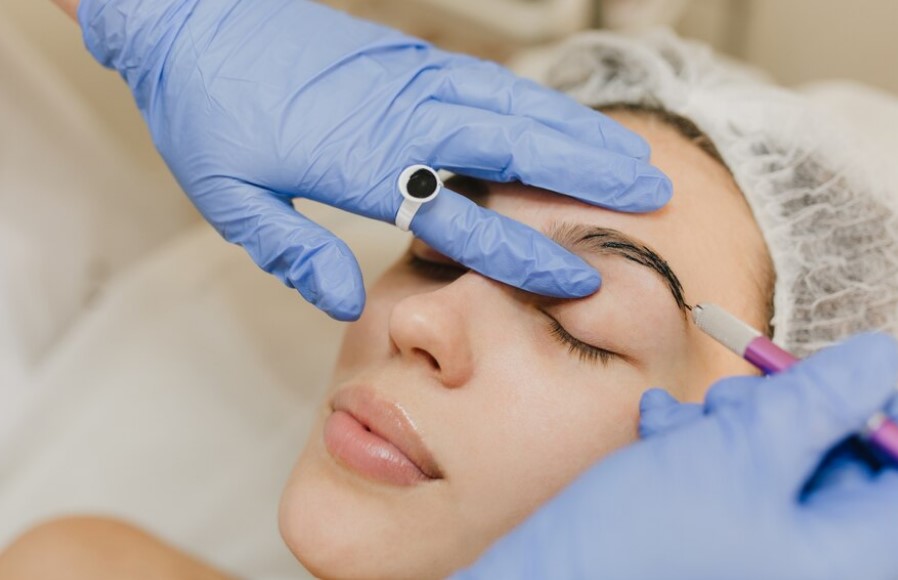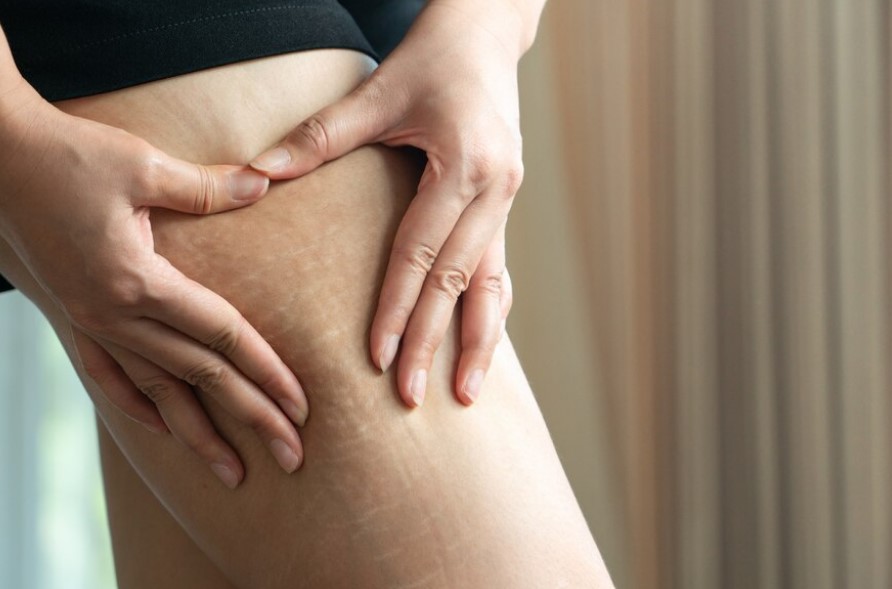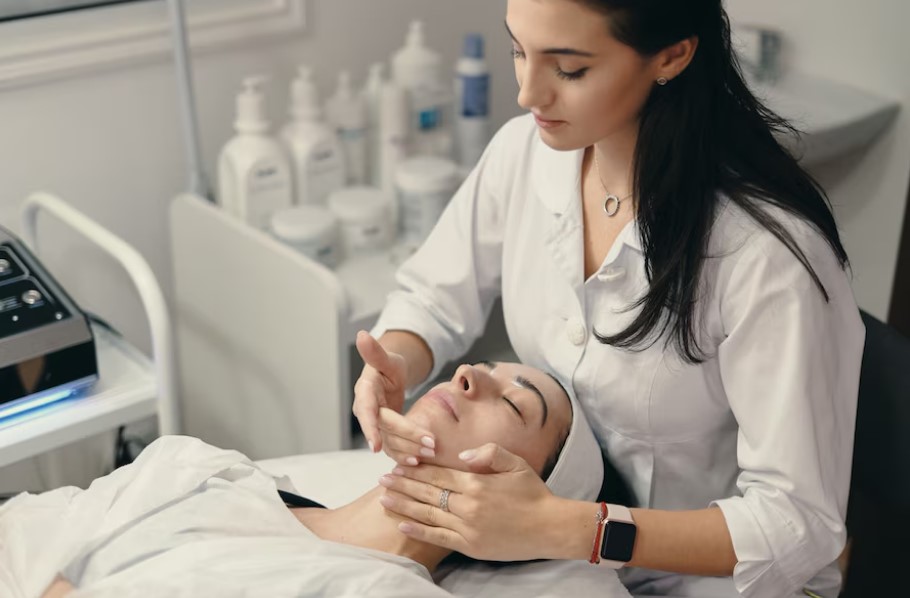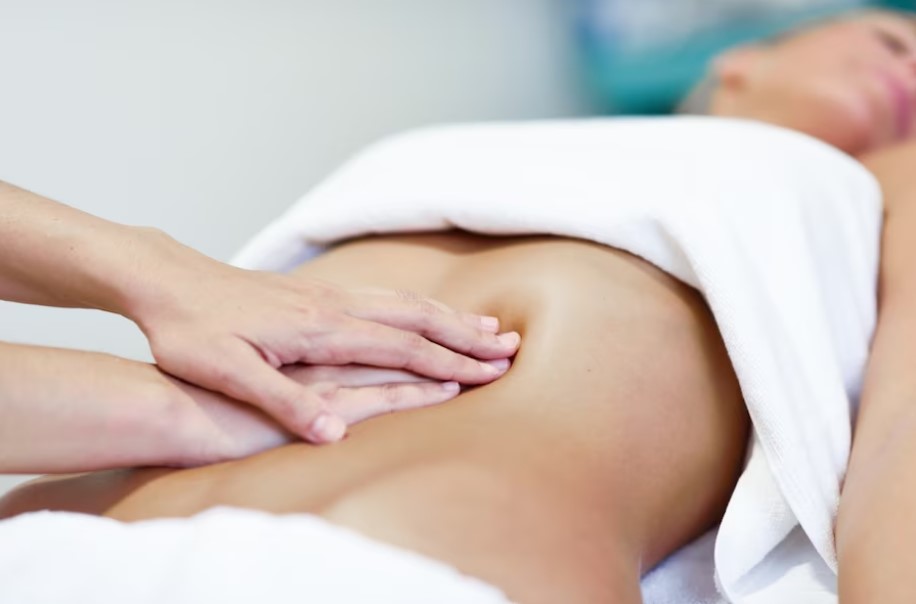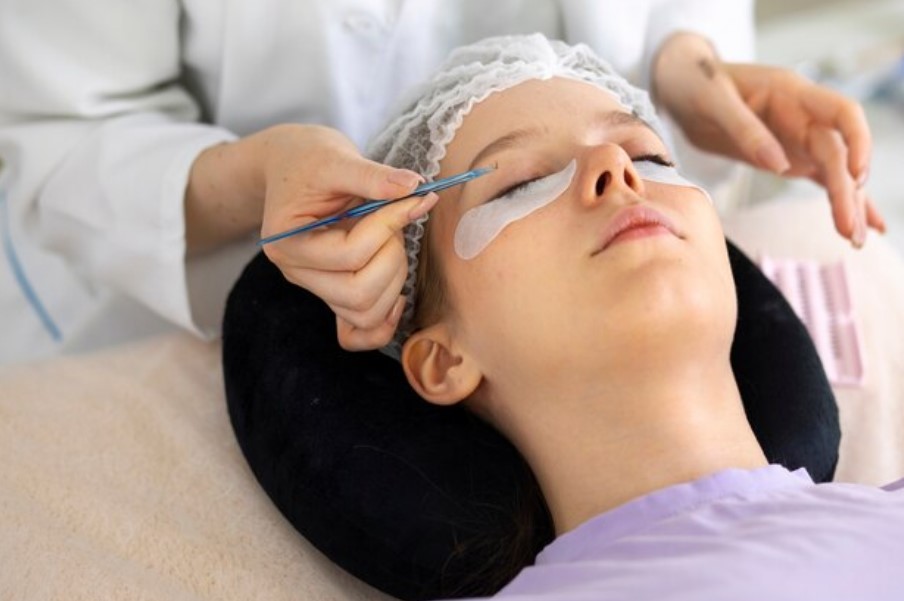The recovery phase is the most difficult challenge for every patient after surgery. It is crucial since the body may react positively or negatively to the procedure, especially if it is major surgery.
Aside from this risk, there is usually always excruciating pain once the effects of the anesthesia have worn off. Many people use post-operative massage to recuperate faster and more comfortably.
Older readers may recall being hospitalized in the 1960s and 1970s when hospital massage was the standard procedure. Nurses would massage frail, elderly patients in particular to avoid or treat delirium, a common concern in this population owing to anesthesia and postoperative medicines.
Benefits of Post-Operative Massage
1. Massage Aids Patients in Dealing with Pain
According to the study, it not only helps with pain management but also reduces pain. Several studies have concluded that massage can help reduce post-operative pain. Massage can be extremely effective at relieving pain. When someone has massage therapy, the effect on the body can be comparable to a morphine or pain medication shot.
2. Massage Relieves Stress and Anxiety
The concerned and nervous sensations are normal before and after surgery, and they often make the pain worse. A study published by researchers at the University of California found that post-operative massage and acupuncture helped lower pain and depression in postoperative cancer patients.
3. Massage Can Help Prevent Swelling
Swelling is normal following an injury or surgery. Lymphatic drainage massage is a technique for treating edema. It aids in the maintenance of the lymphatic drainage system by removing blocked fluid cellular wastes that cause edema. Massage can help reduce edema by relaxing muscles and improving blood circulation.
4. Massage Improves Blood and Oxygen Flow
Proper blood and oxygen flow are necessary for a faster healing process. Maintaining regular blood flow is important because it is the distributor of nourishment to the damaged area.
This stimulates cellular and tissue regeneration, and clotting shields the wound from external factors such as viruses. Post-operative massage improves blood and oxygen flow throughout the body.
5. Massage Reduces Post-Operative Healing Time
Massage therapy improves nutrient delivery in the body by increasing blood flow, which reduces surgical healing time. Post-operative treatment has been shown in trials to reduce the healing period.
Less drug administration and postoperative procedures are possible with the right amount of professional massage.
6. Massage Aids in the Prevention of Scar Tissue
Massage also aids in the breakdown of scar tissue and the prevention of new (excessive) scar tissue formation. This applies to both internal scar tissue (adhesions) and scars on the skin’s surface.
7. Massage Enhances Flexibility and Mobility
Massage also helps in the development of muscle and joint flexibility. Because a patient may have been sitting or lying before and after the operation, the muscles and joints become stuck and stiff.
Even if the patient is still immobile, post-operative massage is the greatest way to warm up and exercise those muscles and joints for greater flexibility and mobility. Massage therapy appears to be beneficial in the reduction of disability.
8. Massage Improves the Immune System
Relaxed muscles stimulate the flow of oxygen to the organs and skin, which boosts the immune system and prevents infections.
Get a post-operative massage from the best professionals in the industry at Glow Med Clinic. Share your healing journey with us so that we can make it easier for you!



